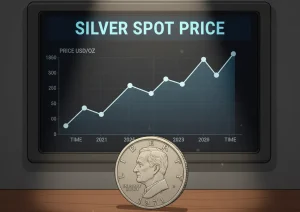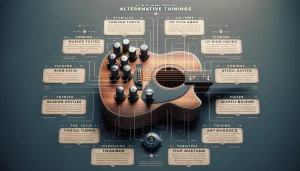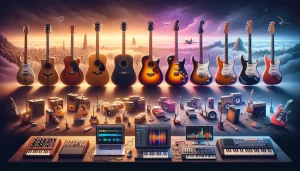Early Origins and the Birth of Amplification
Tracing the Roots of Sonic Power
Before the world ever felt the thunderous growl of an electric guitar, the journey of the amplifier began in small, humble steps. Imagine a time when music was confined to the raw acoustics of an instrument—soft, intimate, but often drowned out by noisy crowds or cavernous theaters. The need to be heard sparked the earliest attempts at amplification.
The birth of amplification as we know it owes much to the development of the vacuum tube in the early 1900s. This little glass marvel became the heart of early amp designs, taking tiny electrical signals and transforming them into something bold, powerful, and brimming with energy. Before long, tinkerers were experimenting, dreaming of ways to magnify sound and electrify music itself.
- George Beauchamp, co-creator of the first electric guitar, was one such innovator.
- In 1932, he teamed up with Adolph Rickenbacker to craft not just electric guitars, but the rudimentary amps to match.
These weren’t the polished machines you see backstage today. They buzzed. They hummed. They were unpredictable. But they laid the foundation for rock, blues, jazz, and every genre that would rise above the noise.
The Golden Age of Tube Amplifiers
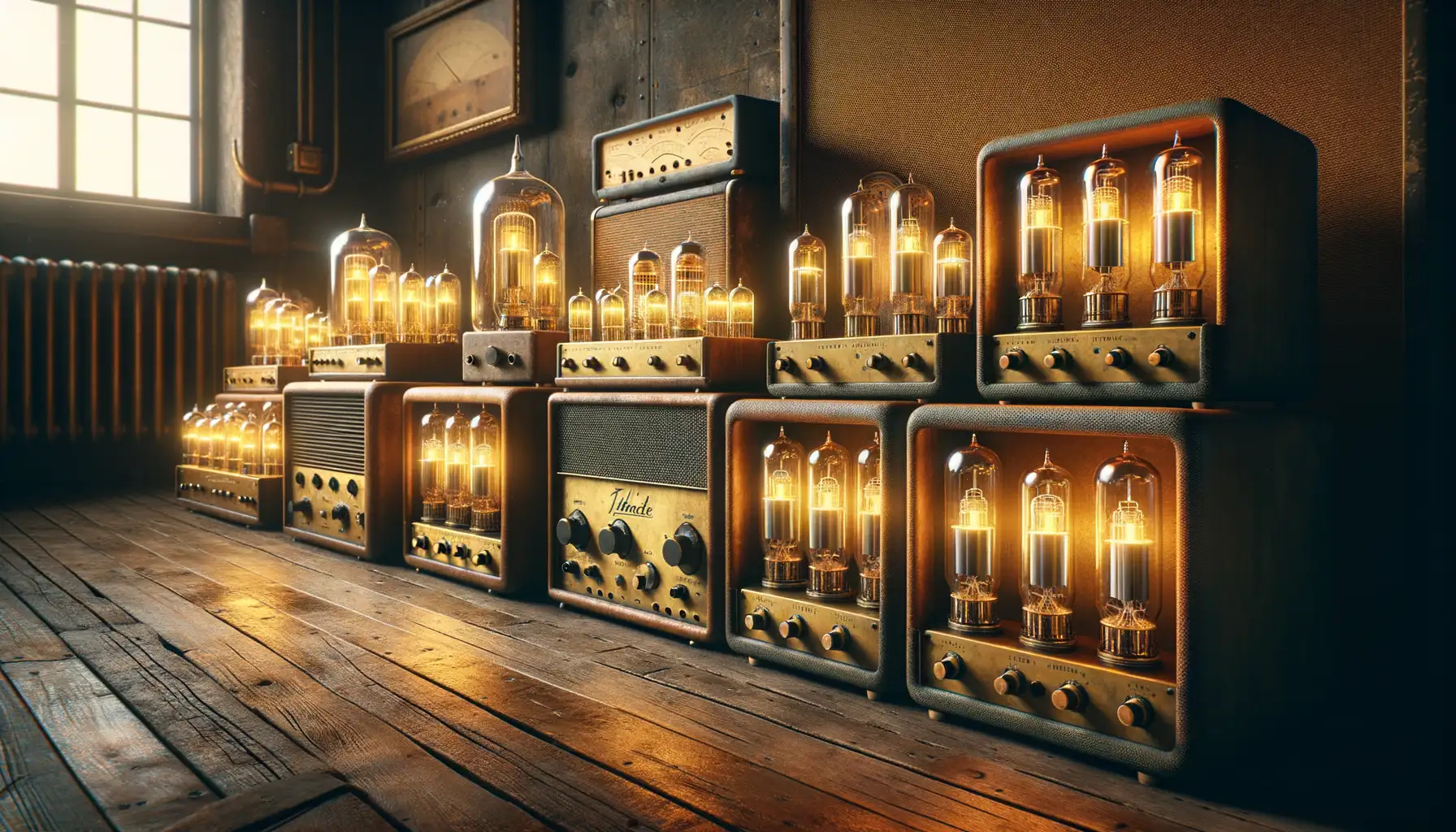
Where Warmth and Soul Took Center Stage
Picture this: the 1950s and 60s, a golden era when music dripped with raw emotion and guitar tones felt alive. This was the age when tube amplifiers didn’t just amplify sound—they breathed life into it. These amps weren’t about perfection; they were about character. Crackling, humming, and sometimes growling, they became trusted companions of legendary players, from Eric Clapton to Jimi Hendrix.
What made them so special? It was their use of vacuum tubes, glowing like tiny furnaces inside the amp. They delivered not just sound, but warmth—a rich, harmonically complex tone that could make a guitar weep or roar. Turn up the volume on one of these amps, and you’d unleash natural overdrive, the kind of distortion that practically sang.
- Fender Bassman: The godfather of rock ‘n’ roll tone.
- Vox AC30: The amplifier that gave the Beatles their iconic chime.
- Marshall Plexi: Pure rock power in a box.
These amps were unpredictable, quirky, and even fragile at times. But that’s what musicians loved about them—they had a soul that mirrored their own.
The Rise of Solid-State Technology

The Spark of Durability and Innovation
There was a time when guitarists were tethered to the warm, glowing tubes of their amplifiers—until solid-state technology swaggered onto the scene. It felt like a revolution, a new frontier for musicians chasing reliability without sacrificing tone. The magic of solid-state amps wasn’t in their appearance or nostalgia, but in their sheer practicality and resilience. Forget about fragile glass tubes; these amps could take a beating on the road and still deliver.
Imagine this: no more fretting over whether your amp would survive a rough tour or whether a pesky tube might decide to quit mid-performance. Instead, with solid-state amplifiers, players suddenly had a partner that showed up every time, rain or shine, ready to roar.
What Makes Solid-State Stand Out?
Solid-state tech brought fresh advantages to the table that made creative minds tinker and ears perk up:
- Unrivaled durability: Build them, beat them, and they’ll still sound great.
- Affordable innovation: For bedroom rockers and pros alike, these amps rarely broke the bank.
- Crystal-clear tone: Love cleans? Solid-state was made for shimmering highs and articulate dynamics.
While critics bemoaned the loss of “tube warmth,” others argued this shift marked a step into an electrifying future. Suddenly, a new soundscape was within reach—one that rewrote what amplification could be.
Modern-Day Innovation in Amplifier Design
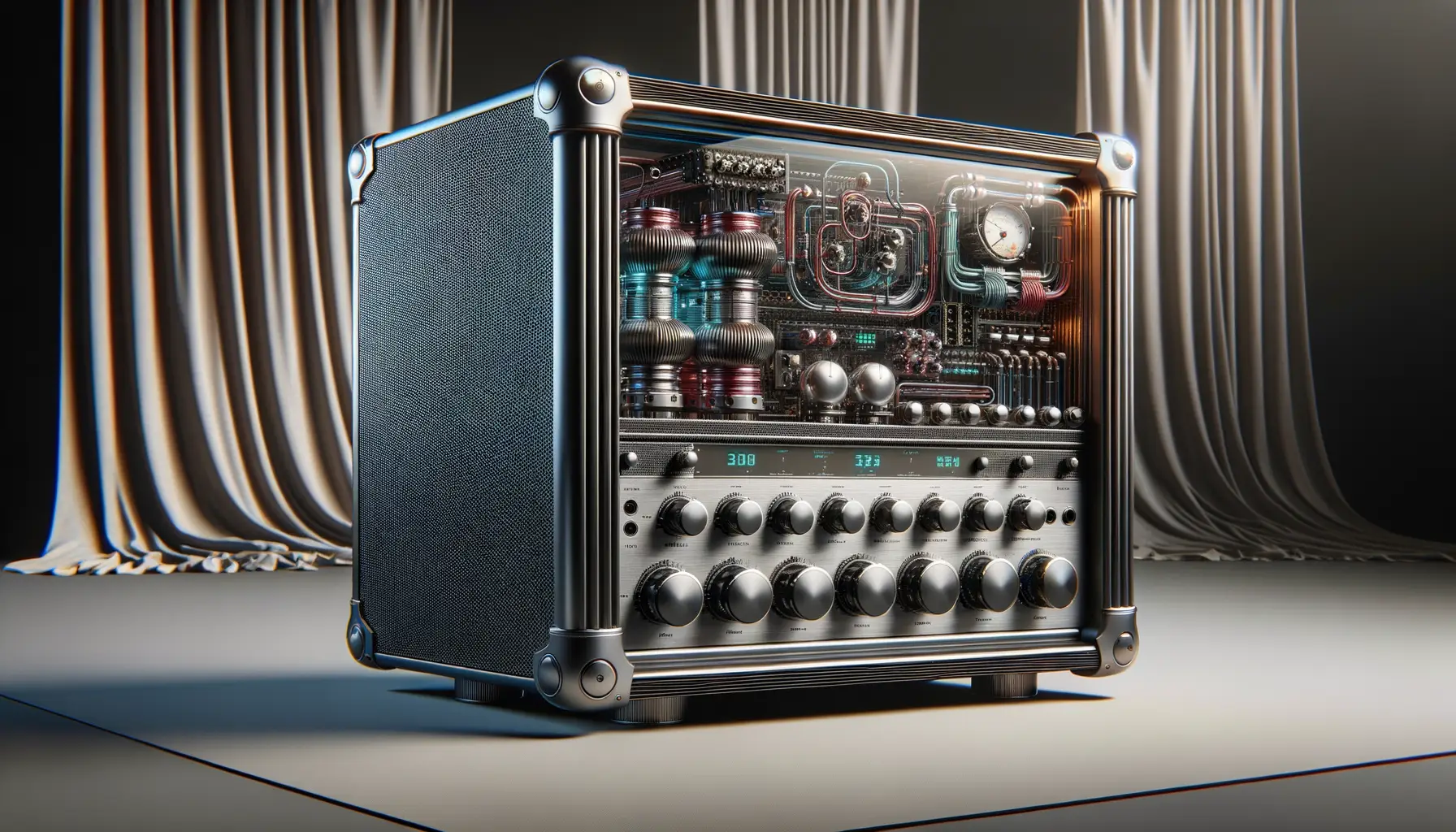
Beyond Boundaries: The Marriage of Technology and Tone
The world of guitar amplifiers isn’t just evolving—it’s revolutionizing. Modern designs blend cutting-edge tech with an undying passion for pure, authentic tone. Take digital modeling amps, for instance. These marvels reimagine the sound of legendary tube amps using sophisticated algorithms, meaning players can summon the growl of a ‘60s Marshall or the shimmer of a Vox AC30—all packed into a compact unit that fits in your backpack.
And it’s not just about convenience. Today’s amps are endlessly customizable. With apps and software, musicians can fine-tune every detail—from EQ curves to reverb tails—right from their smartphone. It’s like carrying a fully stocked studio in your pocket.
- Lightweight materials: Carbon fiber and modern composites make amps easier to gig with, no more lugging back-breaking gear!
- Eco-friendly options: Some amps now prioritize energy efficiency without compromising sound.
The New Voice of Versatility
More than ever, guitarists are seeking amps that don’t pigeonhole them into one sound. Enter the hybrid amp—a fusion of tube warmth and solid-state reliability. Picture this: your evening set starts with bluesy cleans that then morph into high-gain metal mayhem with a quick switch or stomp. That’s the beauty of merging old-world charm with new-school flexibility.
These innovations aren’t just tools; they’re collaborators, giving modern-day players the freedom to express their voice, no matter the genre or playing style. After all, why limit yourself to one color on the palette when there’s a rainbow at your fingertips?
Impact on Music Genres and Culture

The Pulse of Genres: How Amplifiers Shaped Soundscapes
Picture this: without the raw, overdriven roar of an electric guitar ripping through a tube amplifier, could rock ‘n’ roll ever have ignited the cultural wildfire it became? Amplifiers didn’t just make music louder—they sculpted its soul. In the 1960s and 70s, groundbreaking artists like Jimi Hendrix and Eric Clapton pushed their amps to the edge, creating distorted symphonies that echoed rebellion and liberation.
On the flip side, think of jazz. The mellow warmth of clean tones from classic tube amps became the secret weapon for guitarists like Wes Montgomery. These amplifiers helped jazz retain its smooth, intimate character, as though the notes themselves were whispering straight into your ear.
- Blues embraced the amplifier too, finding new grit with players like Muddy Waters.
- Punk’s snarling aggression thrived on solid-state amp immediacy in the 80s.
- Even electronic genres today sample old amp tones to inject nostalgia into synthetic beats!
Culture on Overdrive
It’s not just about music—it’s about identity. Amplifiers became symbols of subculture. Punk bands lugged beat-up amps as badges of gritty authenticity; metalheads sought monstrous stacks that screamed dominance. Festivals like Woodstock turned amp walls into monuments of freedom. Even modern-day bedroom producers chase those same tones digitally, crafting emotional landscapes from their laptops.
Amplifiers weren’t a backdrop—they were the megaphone for generations who had something to say.

